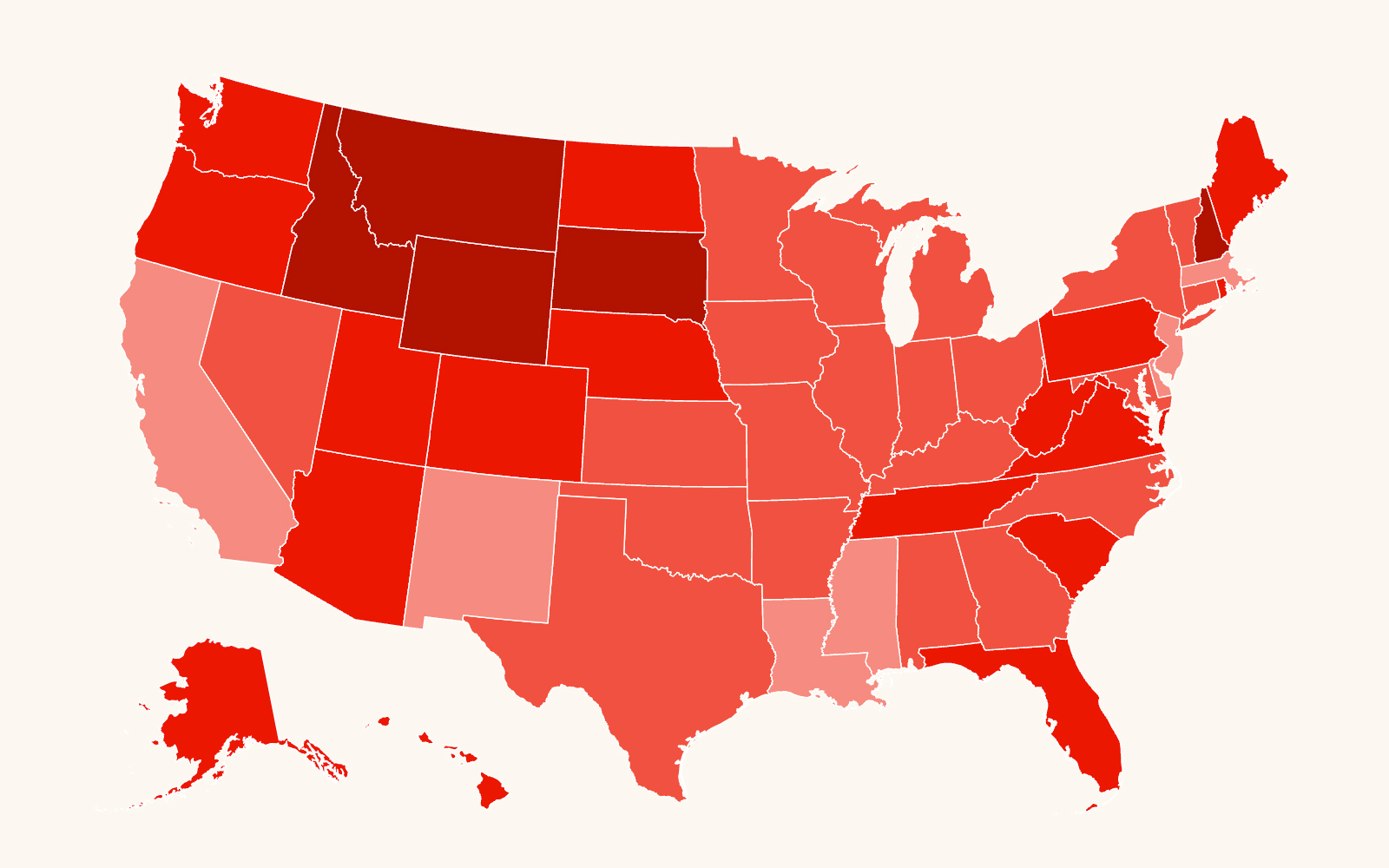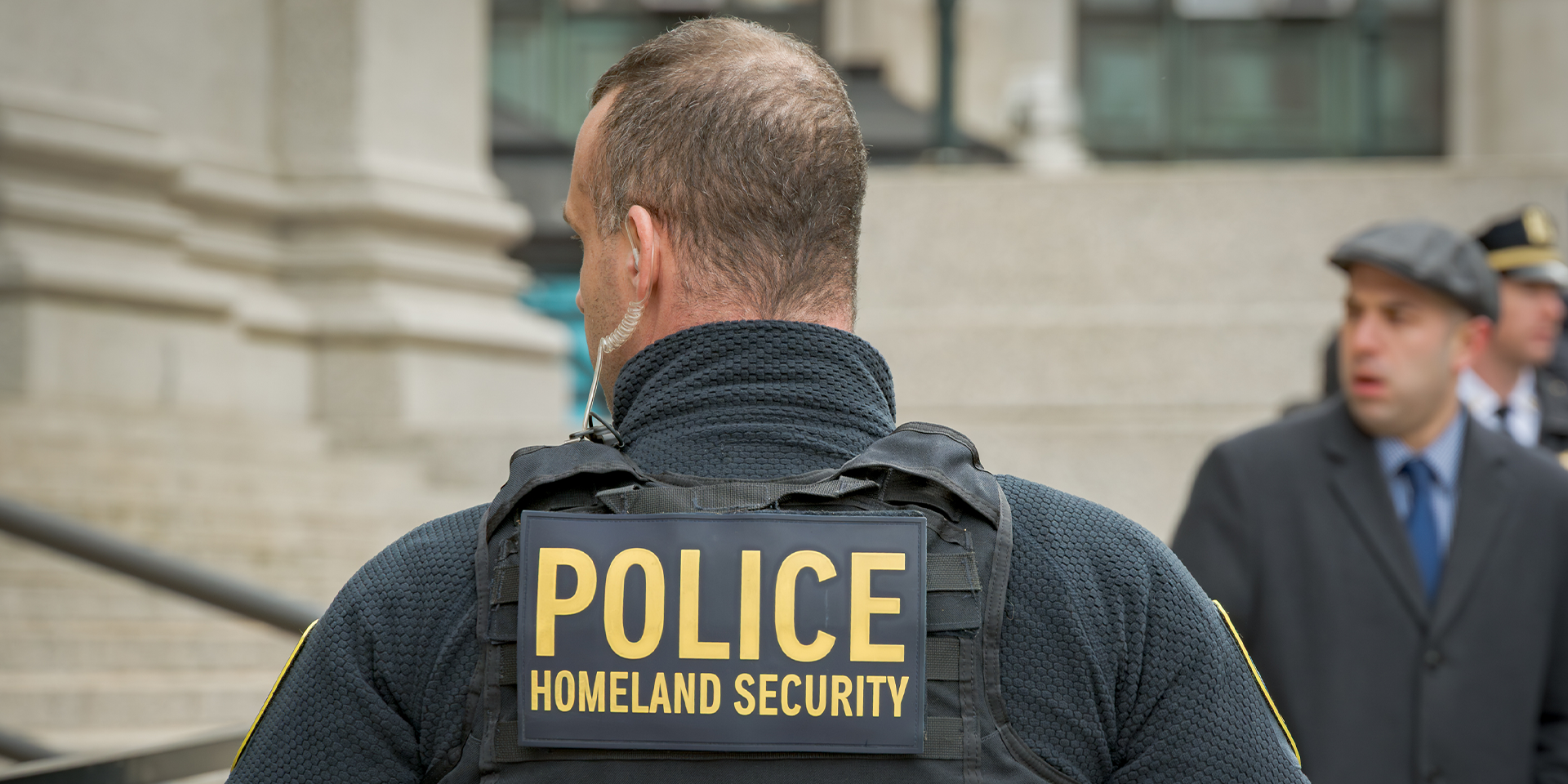On Jan. 20, 2025, President Trump signed Executive Order 14159, Protecting the American People Against Invasion. The order claims that many immigrants who enter the United States without lawful status are a threat to public safety and commit horrible crimes against U.S. citizens. The order exploits this falsehood and directs state and local law enforcement to enter into 287(g) agreements or other cooperation arrangements in order to aid the federal government with immigration enforcement.
There are three types of 287(g) agreements: task force, jail enforcement and warrant service. Under a 287(g) agreement, local law enforcement officers are effectively turned into Immigration and Customs Enforcement (ICE) agents and given the authority to participate in the investigation, apprehension and detention of immigrants believed to be removable from the country. Participation in these agreements often leads to racial profiling and discrimination. Local law enforcement participation also hampers public safety and is incredibly costly to state and local governments.
In 2012, the Department of Homeland Security (DHS) identified serious risks to the broad use of some 287(g) agreements and therefore discontinued the task force model, which empowered state and local law enforcement officers to perform immigration enforcement functions in the community as part of their ordinary duties. However, by intermingling routine policing responsibilities with immigration enforcement, task force 287(g) activities led to discriminatory policing practices that detract from community trust and public safety. After DOJ investigations revealed rampant racial profiling in North Carolina’s Alamance County and other jurisdictions engaged in 287(g) agreements, the “task force” model was terminated, and 287(g) agreements were then only used in correctional settings — after individuals had been detained for committing an alleged criminal infraction. Despite clear data showing extensive profiling and discrimination in the past, in the first weeks of the Trump administration, DHS restarted the task force model and purports to have already signed 287(g) agreements with more than 450 agencies in 38 states as of April 14, 2025.
No. Instead, 287(g) agreements lead to racial profiling of community members and discrimination. Harmful environments in which officers disproportionately target Black and Brown people are often found in law enforcement agencies that engage in immigration enforcement. This strains the already frail relationship between law enforcement and the communities they are supposed to serve. For example, in 2011, the Department of Justice (DOJ) found that after the sheriff’s office of Maricopa County, Arizona, entered into a 287(g) agreement, officers conducted additional sweeps of Latinx communities and that Latinx drivers were nine times more likely to be stopped than non-Latinx drivers. Similarly, the DOJ found that the Alamance County Sheriff’s Office was 10 times more likely to stop a Latinx driver than a non-Latinx driver. Such targeted enforcement alters the community dynamic such that law enforcement is feared by the community.
A failure to maintain trust between local law enforcement and residents directly results in a community’s unwillingness to cooperate and share information. For example, members of the Latinx community — both citizens and noncitizens — are less likely to communicate with law enforcement if they believe officers will raise the issue of immigration status for themselves or others. As the Major Cities Chiefs Association (MCCA) has noted: “without assurances that contact with the police would not result in purely civil immigration enforcement action, the hard-won trust, communication and cooperation from the immigrant community would disappear.” This ultimately compromises public safety because effective policing depends on trust and the flow of information between the department and the people they serve.
No. In fact, 287(g) agreements are incredibly costly to state and local jurisdictions. The federal government does not pick up the tab when state and local law enforcement agencies enter into 287(g) agreements to engage in immigration enforcement. Any financial liabilities incurred as a result of the 287(g) agreement duties are the responsibility of the local jurisdiction — the federal government only pays for the initial training of officers. State and local agencies are responsible for covering all salary and overtime costs, administrative supplies, and security equipment necessary to immigration enforcement. Two counties in North Carolina that entered into such agreements had implementation costs of $4.8 million to $5.5 million for the first year. One Virginia county had to raise property taxes because the program cost $6.4 million for the first year and over $26 million for five years. It is unacceptable for local communities to shoulder a financial burden for a program that also destroys the public trust between residents and local law enforcement.
Immigration law is often described as a “labyrinth” and “second only to the Internal Revenue Code in complexity.” According to the DHS Office of the Inspector General, local police departments do not receive adequate training to carry out federal immigration actions. Consequently, state and local law enforcement agencies are exposed to costly lawsuits when they engage in immigration enforcement. Maricopa County, Arizona, racked up $70 million in litigation and monitoring costs due to its unconstitutional immigration enforcement actions. Many of the lawsuits stemmed from engaging in racial profiling and discrimination along with detaining U.S. citizens wrongly suspected of being undocumented immigrants. ICE itself mistakenly arrests, detains and deports an alarming number of U.S. citizens. The U.S. Government Accountability Office found that from 2015 through the second quarter of 2020, ICE arrested 674, detained 121, and removed 70 U.S. citizens. When ICE mistakenly places a detainer on a U.S. citizen and the local authorities — under a 287(g) agreement — comply, it is the local jurisdiction that can be on the hook for costly legal fees and judgments. Numerous cities and counties have each incurred hundreds of thousands of dollars in legal costs for their clumsy actions attempting to enforce immigration laws.
The decision to enter into 287(g) agreements that would dedicate personnel and resources to federal immigration enforcement priorities — rather than community safety — is up to state and local officials. This EO does not make it mandatory.
If your state currently mandates that local jurisdictions enter into 287(g) agreements, tell your governor and state lawmakers that forcing local law enforcement to carry out federal immigration responsibilities is costly and makes your community less safe. Additionally, share the information above and request that they reverse their decision. If your state does not require local jurisdictions to enter into 287(g) agreements, tell your local officials, including your sheriff and police chief, that building a strong, healthy and safe community means investing in public trust. Partnering with federal immigration officials for enforcement of civil immigration law undermines that trust and diminishes public safety.
In the weeks and months ahead, Congress may consider legislation to effectively strip state and local officials of the ability to decide how to best keep their communities safe. Additionally, the Trump administration may try to bully states and localities into carrying out its mass deportation agenda. Tell your senators and representatives to make sure state and local officials can continue doing their job of serving their communities and not be forced into the service of the federal government.
The SPLC will use every tool at its disposal to fight against racially discriminatory policing that violates the Constitution and disproportionately impacts Black and Brown people. Together we fight!
Image at top: An Immigration and Customs Enforcement officer. (Credit: Erik McGregor/LightRocket via Getty Images)



